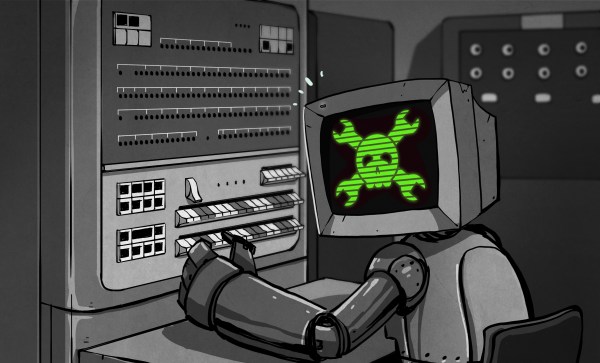Radiation-induced volumetric expansion (RIVE) is a concern for any concrete structures that are exposed to neutron flux and other types of radiation that affect crystalline structures within the aggregate. For research facilities and (commercial) nuclear reactors, RIVE is generally considered to be one of the factors that sets a limit on the lifespan of these structures through the cracking that occurs as for example quartz within the concrete undergoes temporary amorphization with a corresponding volume increase. The significance of RIVE within the context of a nuclear power plant is however still poorly studied.
A recent study by [Ippei Maruyama] et al. as published in the Journal of Nuclear Materials placed material samples in the LVR-15 research reactor in the Czech Republic to expose them to an equivalent neutron flux. What their results show is that at the neutron flux levels that are expected at the biological shield of a nuclear power plant, the healing effect from recrystallization is highly likely to outweigh the damaging effects of amorphization, ergo preventing RIVE damage.
This study follows earlier research on the topic at the University of Tokyo by [Kenta Murakami] et al., as well as by Chinese researchers, as in e.g. [Weiping Zhang] et al. in Nuclear Engineering and Technology. [Murayama] et al. recommend that for validation of these findings concrete samples from decommissioned nuclear plants are to be examined for signs of RIVE.
Heading image: SEM-EDS images of the pristine (left) and the irradiated (right) MC sample. (Credit: I. Murayama et al, 2022)





![The future of healthy indoor plants, courtesy of AI. (Credit: [Liam])](https://hackaday.com/wp-content/uploads/2025/04/plantmom_test_setup_with_plant.jpg?w=400)














